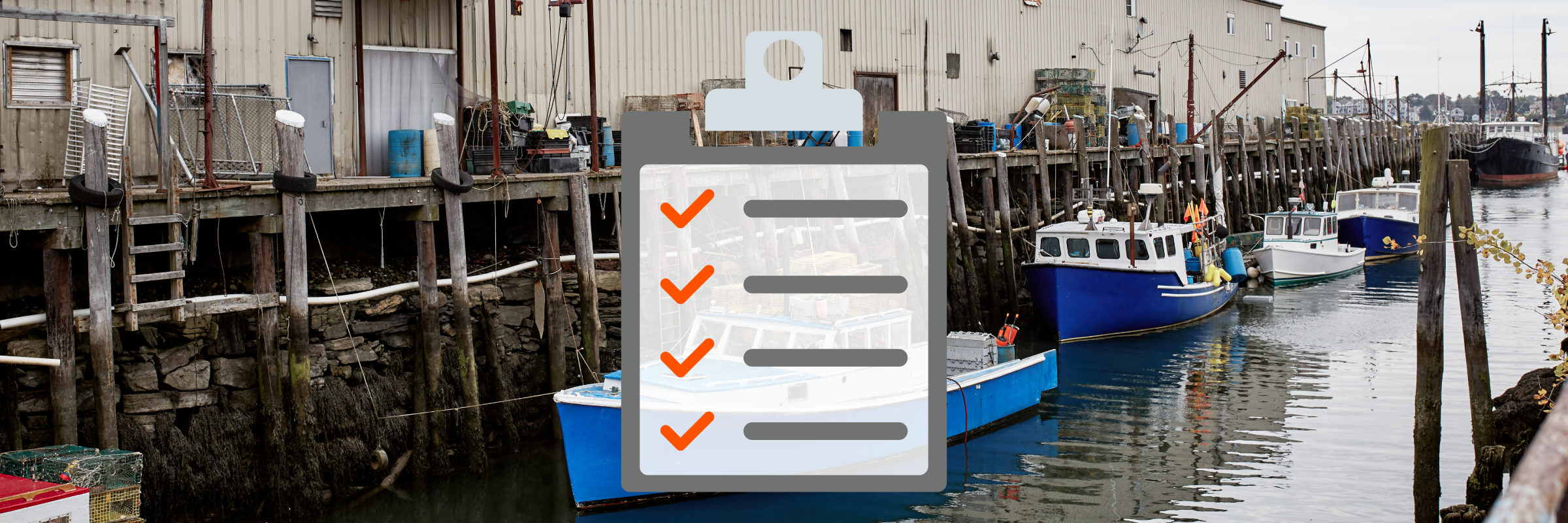

Commercial Fishing Safety Gear Checklist
By: Dan Greer 11/14/2024
Preparing for the season often means tackling a lengthy to-do list. Ensuring that your safety equipment is up-to-date may not be the first thing on your mind, but it's one of the most important steps you can take. As fellow fishermen, we happen to agree, so we created this safety equipment checklist to help make your prep a bit easier. Just a quick note before we dive in: not all commercial fishing vessels require the same equipment. If you’re unsure about what’s needed for your specific vessel type and operating area, the USCG Checklist Generator is the best place to start. The following list of items are normally required on commercial fishing vessels to meet USCG regulations, however, there are many other safety-related items out there that can be used to supplement this standard equipment.
1- Liferaft
Make sure that you have the correct type of liferaft for your application. The biggest factors that determine which type of raft you need are; The distance from shore you are operating, the area and time of year you are operating (cold or warm water), the number of people on board, and if your boat is state-registered or federally documented. If you don't have a life raft or need to replace an old one, Start Here. If you feel good about having the correct raft, the next step is to make sure it's up-to-date on service. USCG-approved commercial liferafts are required to be serviced annually beginning the second year after the manufacture date of the raft. In the examples below, you will notice that the inspection stickers will indicate the month and year that the liferaft is due for service. That means, you will need to have the liferaft reinspected before the end of the month that is indicated on the sticker. If you need to have your life raft serviced, Start Here.
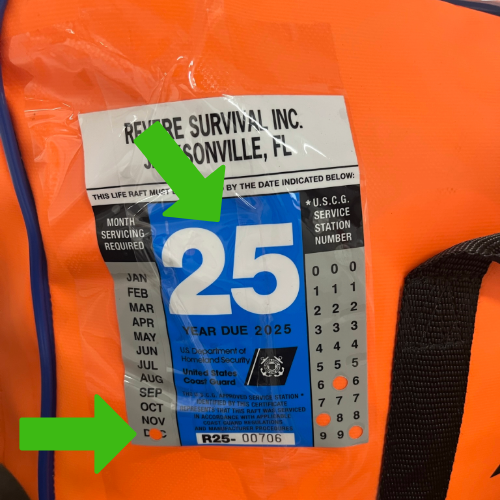
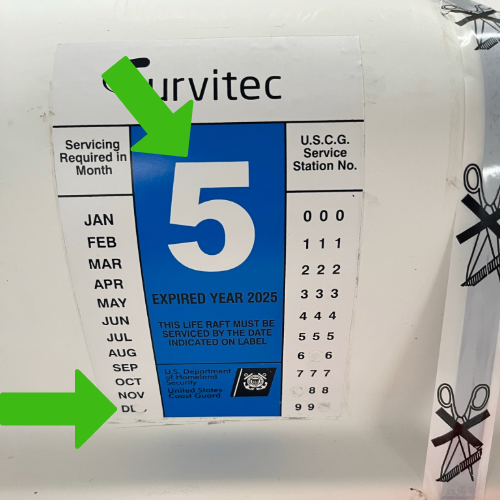
2- EPIRB
Your lifeline to help when things go sideways. Having a well-maintained, modern EPIRB on board can mean the difference between two hours in a liferaft, or two days (or worse). There are two categories of EPIRBs - Category 1 (Cat I) and Category 2 (Cat II). The EPIRBs are identical between the two category types, but the mounting brackets are different. A Cat I EPIRB is enclosed in an auto-release housing normally mounted to the roof of the vessel, or somewhere it can float free if the vessel sinks. A Cat II EPIRB is attached to a manual-release bracket which gets mounted to the inside of the wheelhouse or somewhere it can be grabbed quickly in an emergency. Cat I EPIRBs are required on boats that are 36 ft or longer but can be used by choice on smaller boats. Cat II EPIRBs can only be used on commercial fishing vessels less than 36 ft in length. If you don't have an EPIRB, Start Here. If you already have an EPIRB, you'll want to check the following things:
- Is the battery within the expiration date?
- If it's a Cat I EPIRB, is the hydrostatic release within expiration?
- Does it have an up-to-date registration?
If you answered no to questions 1 or 2, you can find what you need HERE. If you answered no to question 3, you can renew your registration HERE. The below images show examples of the expiration dates for the EPIRB battery and registration. EPIRB batteries expire anywhere from five to ten years after their manufacture date. NOAA registration needs to be renewed every two years.
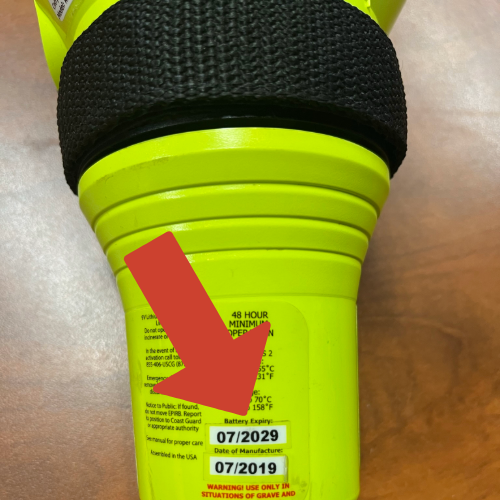
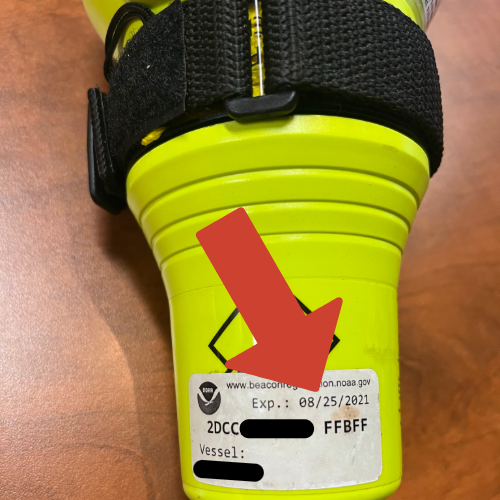
3- Flares
There are two types of flare kits used on commercial fishing vessels. The first is a 3-50 mile kit, and the second is a 50+ mile kit. This one's pretty easy - if you're fishing between 3 and 50 miles from shore, you need the 3-50 mile kit. If you're fishing beyond 50 miles... you guessed it... you need the 50+ mile kit. If you're fishing inside of 3 miles from shore, you only need 3x standard pyrotechnic day/night flares or better. The number and type of flares in both kits are the same - 3x Parachute Rockets, 3x Smoke Signals, and 6x Handheld Red Flares. The difference is the performance of the flares. The flares in a 50+ mile commercial kit will shoot higher, burn brighter, and the smoke signals will float and produce thick orange smoke for at least 3 minutes. If there isn't an expiration date marked on the outside of your flare box, you'll need to look for dates printed on the individual flares inside the kit. Pyrotechnic flares have 42 months of life from when they are produced at the factory. By the time they are transported to the seller and sold to you, they should have about 3 years of life. If you don't have the correct flares or you need to replace an expired kit, you can find our high-quality kits HERE.
The following images show examples of expiration dates you will find on Pains Wessex flares we use in our 50+ mile kit.
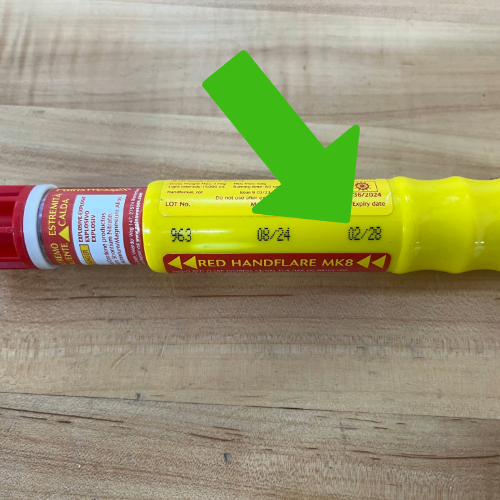
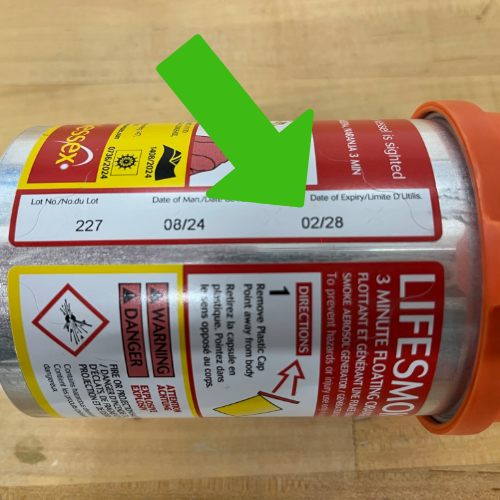
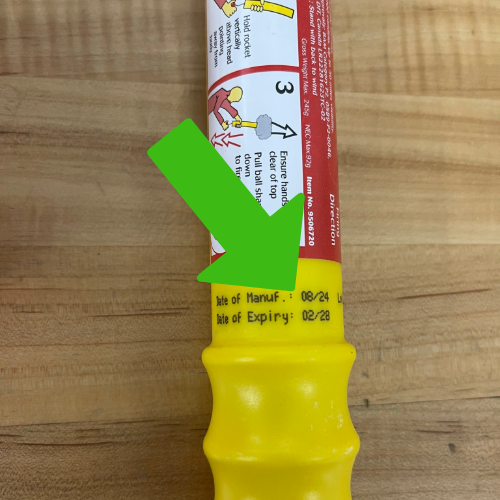
4- Immersion Suits / Life Jackets
Depending on where you're fishing and the time of year, you may be required to carry immersion suits (survival suits) for everyone onboard if you're operating in "cold water" as designated by the USCG. If you don't have immersion suits yet, Start Here. If you aren't fishing in cold water, you need to carry commercial Type I lifejackets for everyone onboard at a minimum. Checking your Type I lifejackets is pretty straightforward - make sure they are in generally good condition with no rips or damage. Check the buckle(s) or clasp(s) for damage to make sure they function properly, and check that the reflective tap is in good condition.
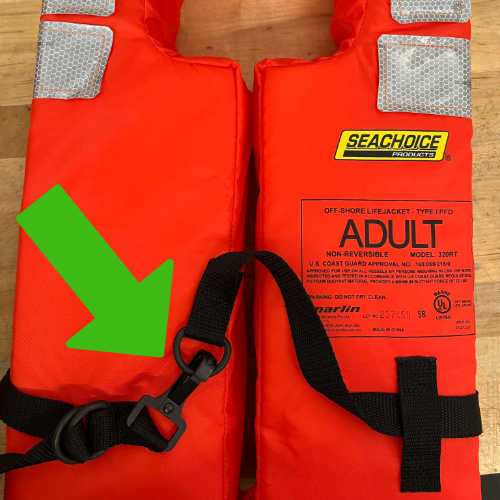
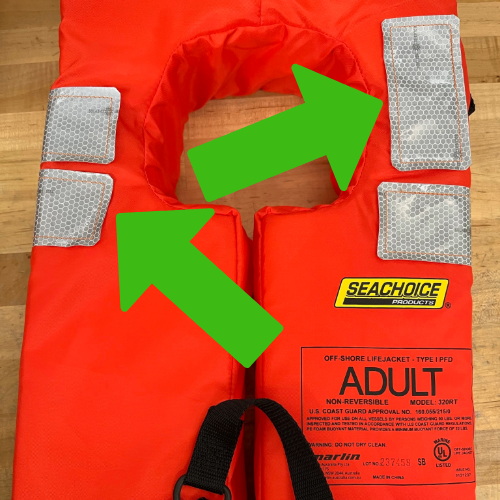
Checking your survival suits is a little more involved, but should still only take a few minutes for each suit. Start with a visual inspection to look for any holes or damage in the suit. If you store your suits in a barn or shed in the offseason, you'll want to take a closer look for any mouse damage. Mice love to get inside the storage bags and munch on the neoprene. If everything looks good, you can move on to the zipper. The zipper should move all the way up and down without any major resistance (these are waterproof zippers so they should be somewhat stiff). It's good practice to wax your zippers at least once each year with a high-quality wax. After you've waxed the zipper, you'll want to leave it about one inch up from the fully open position. Leaving the zipper slightly up from the bottom helps prevent it from getting stuck in place at the end of the zipper track. Another pro tip is to leave a plastic shopping bag in each leg of your suit. When you go to put on the suit in an emergency you will most likely be wearing shoes or boots that you might not be able to get off quickly. If you slip your boot into the plastic bag instead of directly into the suit, it will help your foot slide down into the leg of the suit without getting caught! Lastly, you need to have the name of your vessel, or the name of the owner/wearer of the suit written on it in large letters. A large chisel-tip Sharpie works great for this. If anything else doesn't look normal, or if you have any concerns about the condition of your suits, then you should have a qualified service station perform a more detailed service. We offer comprehensive immersion suit inspections which include pressure testing to find leaks or damage not visible to the naked eye. You can request immersion suit inspection HERE.

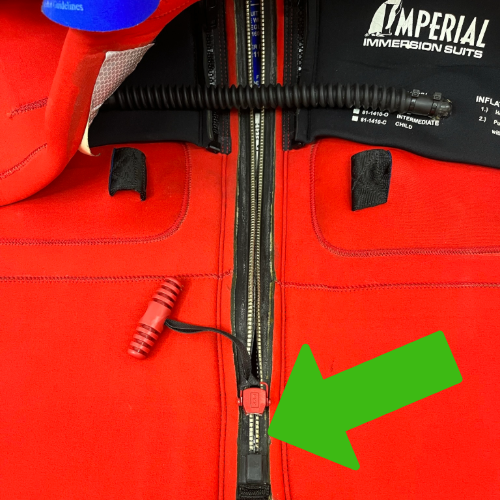
The final check for all your immersion suits and lifejackets is to make sure you have a USCG-approved light and whistle attached to each one. Don't be afraid to give each whistle a try to make sure they all work. If your lights have replaceable batteries, make sure they are fresh - we recommend replacing all batteries annually. If the lights are sealed with non-replaceable batteries, make sure they are within expiration. You can find what you need to upgrade or replace your lights HERE.
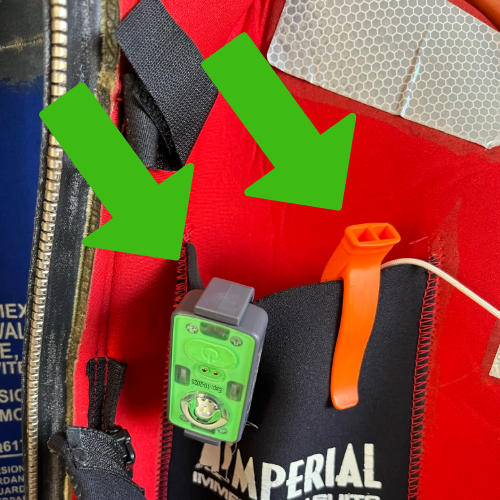
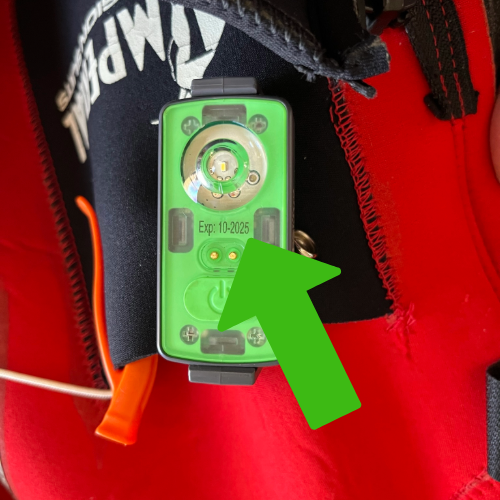
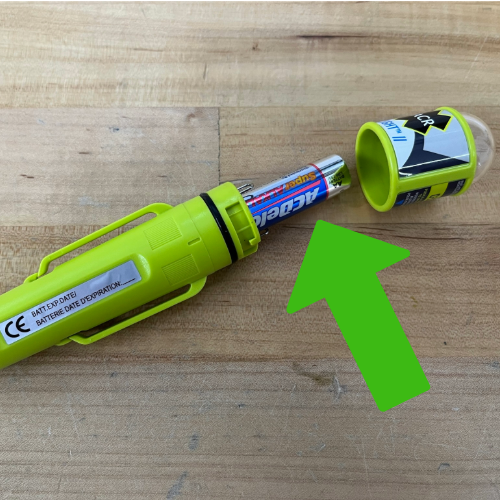
5- Lifering / MOB Recovery
Most commercial fishing vessels are required to carry an orange life ring with reflective tape and have at least 60' of rope attached. The important things to note here are that the ring must be orange and have reflective tape on it (white or plain orange rings will not work here). You also need to have the name of the vessel clearly marked on the life ring. A large chisel-tip Sharpie, stencil kit, or a life ring lettering kit are the best methods to get this done. The rope can be as simple as a coil of rope tied to the life ring and hanging on the same bracket. A cleaner way to satisfy this part of the regulation is to use a rope bag that keeps the line neatly tucked away inside while making it easier to throw the ring in an emergency.
While the life ring is a required piece of equipment, it's actually not very practical for retrieving a person overboard. We recommend supplementing your life ring with some type of Reelsling or Recovery Ladder. You can view all of our MOB recovery devices HERE.



6- Other Things to Check
The items we've already gone over are the major pieces of safety equipment you should have on board. To meet USCG regulations, you should also check these smaller items to make sure everything is in ship shape before heading out:
- Are your required placards mounted and displayed onboard where they can be read by your crew? These placards typically include; Emergency Broadcast, Oil Pollution, Injury, and Garbage.
- Do you have an Air Horn or other sound-producing device such as a horn or bell?
- You should have a First Aid kit suitable for the size of your crew and the conditions you expect to encounter.
- Check that all your Fire Extinguishers are in serviceable condition and that any disposable extinguishers are within 12 years of their manufacture date.
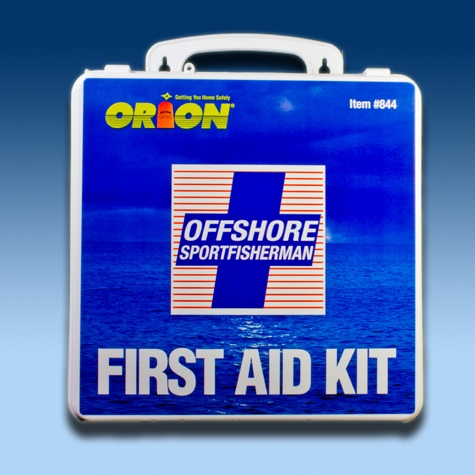

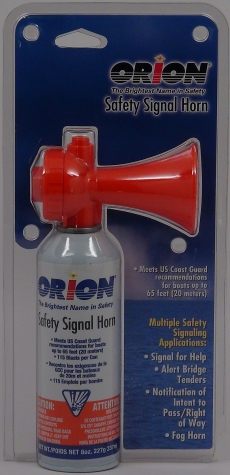
Hopefully, now you can cross off any safety-related items from your to-do list and get back to the fun stuff like finding bait and fuel! As always, if you have any questions about safety equipment or commercial fishing regulations, don’t hesitate to call 207-363-0220 or contact us HERE with any questions. We’re standing by to help!